A Beginner's Guide to Patching Drywall Like a Pro
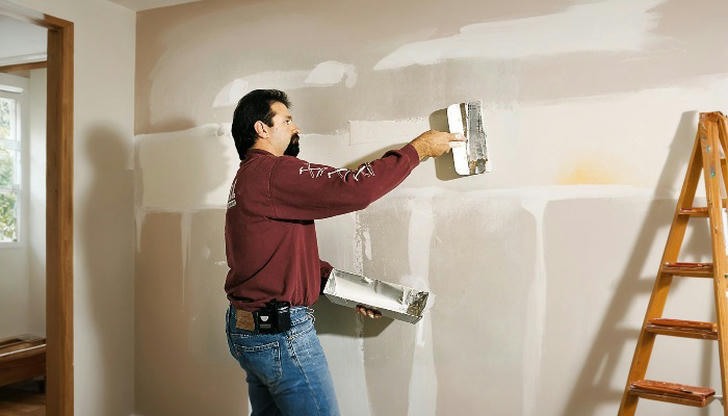
A hole and even crack in your drywall may seem like a big problem but with the right tools and techniques you can repair it yourself without requiring a professional. A small dent from a doorknob and a larger hole from an accident, repairing drywall is a simple DIY home repair task.
Why It's Essential to Learn to Patch Drywall
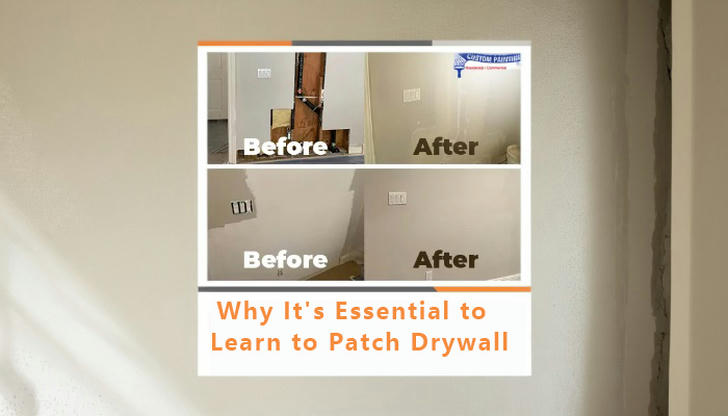
- Cost Savings: Hiring professionals can cost a lot of money but with a DIY approach, you only need to spend a few dollars.
- Home Aesthetics: Holes and cracks make your walls unpleasant to look at, diminishing the beauty of your home.
- Structural Integrity: Small damages can worsen over time if left unrepaired.
- Resale Value: A well-maintained home is more attractive to potential buyers.
Tools and Materials You'll Need
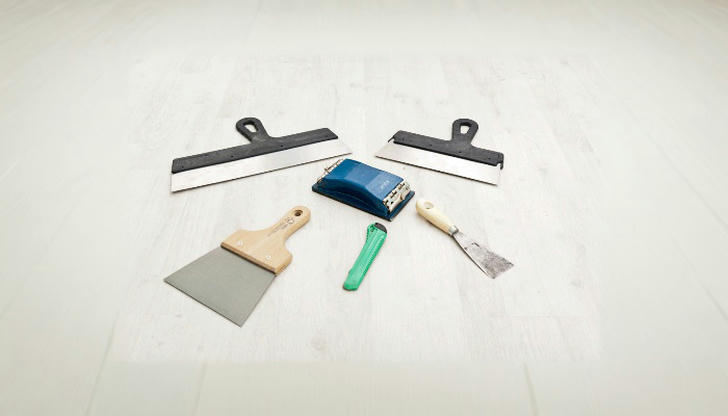
- Putty knife (4 to 6 inches wide)
- Joint compound (also known as drywall mud)
- Drywall patch or scrap drywall
- Sandpaper (120 to 150 grit)
- Paint and primer
- Utility knife
- Drywall screws (if you're repairing a large hole)
- Drywall tape (for more extensive repairs)
- Sponge or damp cloth
Step 1: Assess the Damage
You need to determine the size and type of damage before starting the repair:
- Small holes (less than ½ Inch): These are generally screw or nail holes and are simple to fix with spackling compound.
- Medium holes (½ Inch to 6 inches): Require a drywall patch and mesh tape.
- Large holes (over 6 inches): These need a drywall replacement section screwed in.
Step 2: Prepare the Area
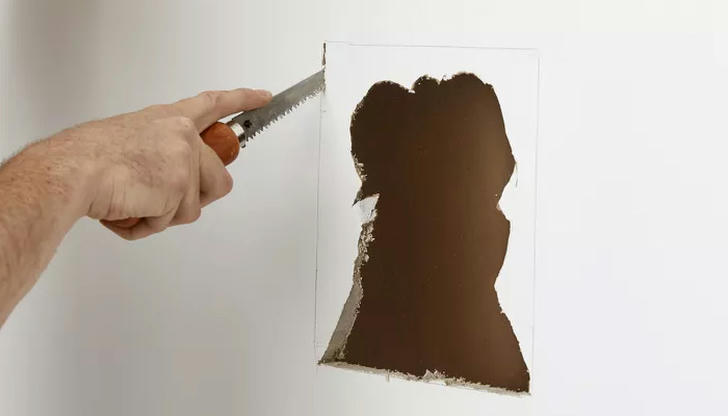
- Clean the damaged area: Wipe off dust and debris using a damp sponge and cloth.
- Trim rough edges: Using a utility knife and even rough edges surrounding the hole or crack.
- For big holes: Cut a clean, square hole around the damaged area to simplify patching.
Step 3: Apply the Patch or Fill the Hole
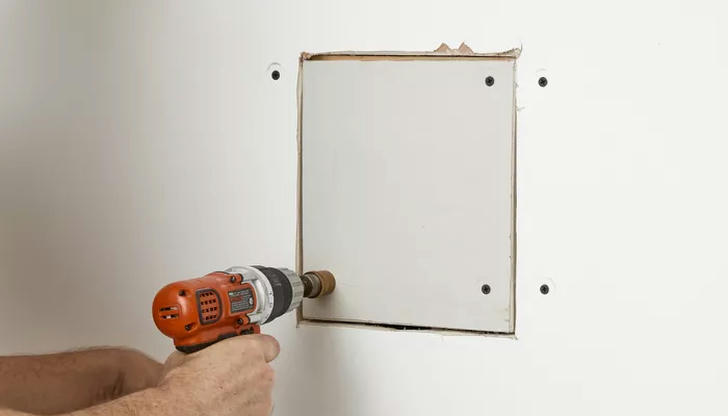
For Small Holes (Less Than ½ Inch):
- Apply a small amount of spackling compound with a putty knife.
- Smooth it and let it dry for some hours.
- Lightly sand the area before painting.
For Medium Holes (½ Inch to 6 Inches):
- Cover the hole with self-adhesive mesh tape.
- Spread a thin layer of joint compound over the tape with a putty knife.
- Let it dry completely before determining whether a second coat is necessary.
For Large Holes (Greater Than 6 Inches):
- Cut a drywall patch a little smaller than the hole.
- Screw the patch into position on the wall using drywall screws and a backing board.
- Apply joint compound to the seams and fill gaps using drywall tape.
- Let it dry completely before sanding.
Step 4: Sand and Smooth the Area
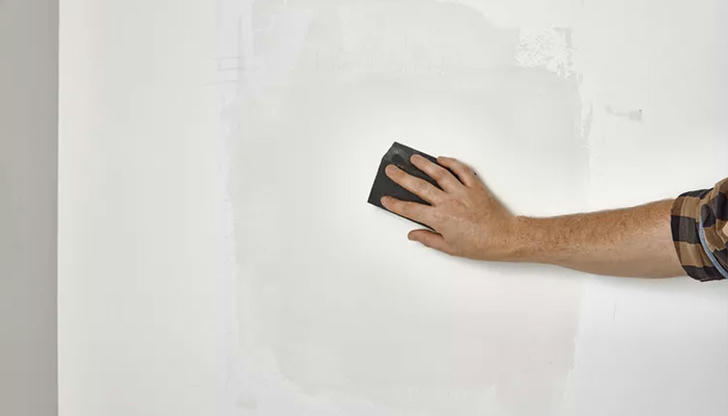
- Once the compound is dry, sand the area with fine-grit sandpaper (120-150 grit).
- Wipe away dust with a damp cloth.
- Spread a second thin layer of joint compound and sand again, if needed, until the patch can't be distinguished from the wall.
Step 5: Prime and Paint the Wall
- Apply primer to the repaired area to help the paint adhere.
- Once the primer is dry, paint the wall using a matching color.
- Use a roller or brush to apply for a smooth finish.
- Allow the paint to dry, then apply a second coat.
Additional Tips for Professional Finish
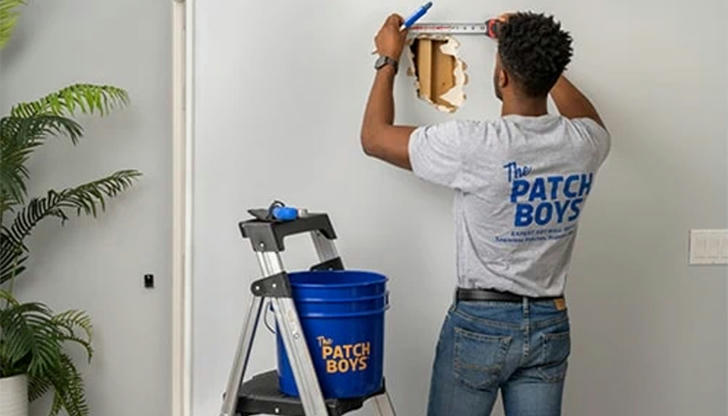
- Feathering Technique: When applying joint compound, spread it slightly beyond the patch to blend it with the surrounding wall.
- Work in Thin Layers: Applying too much compound at once can cause cracks when drying.
- Check for Bumps: Run your hand over the patched area before painting to feel for any uneven spots.
- Use the Right Paint Finish: If your walls have a matte and satin finish, use the same type of paint to match.
When to Call a Professional
Although patching drywall is a straightforward DIY home repair, sometimes professional help is needed:
- If the hole is more significant than 12 inches and requires structural reinforcement.
- If the drywall is severely water-damaged and needs replacement.
- If you're unsure about matching your wall's texture and paint color.
Conclusion
Understanding how to professionally patch drywall will save you time and money and keep your house in optimum condition. These five easy steps can make a perfect repair that will not stick out from the rest of your house.
Now that you know what to do, get those tools and repair that drywall like a professional! Happy fixing!
